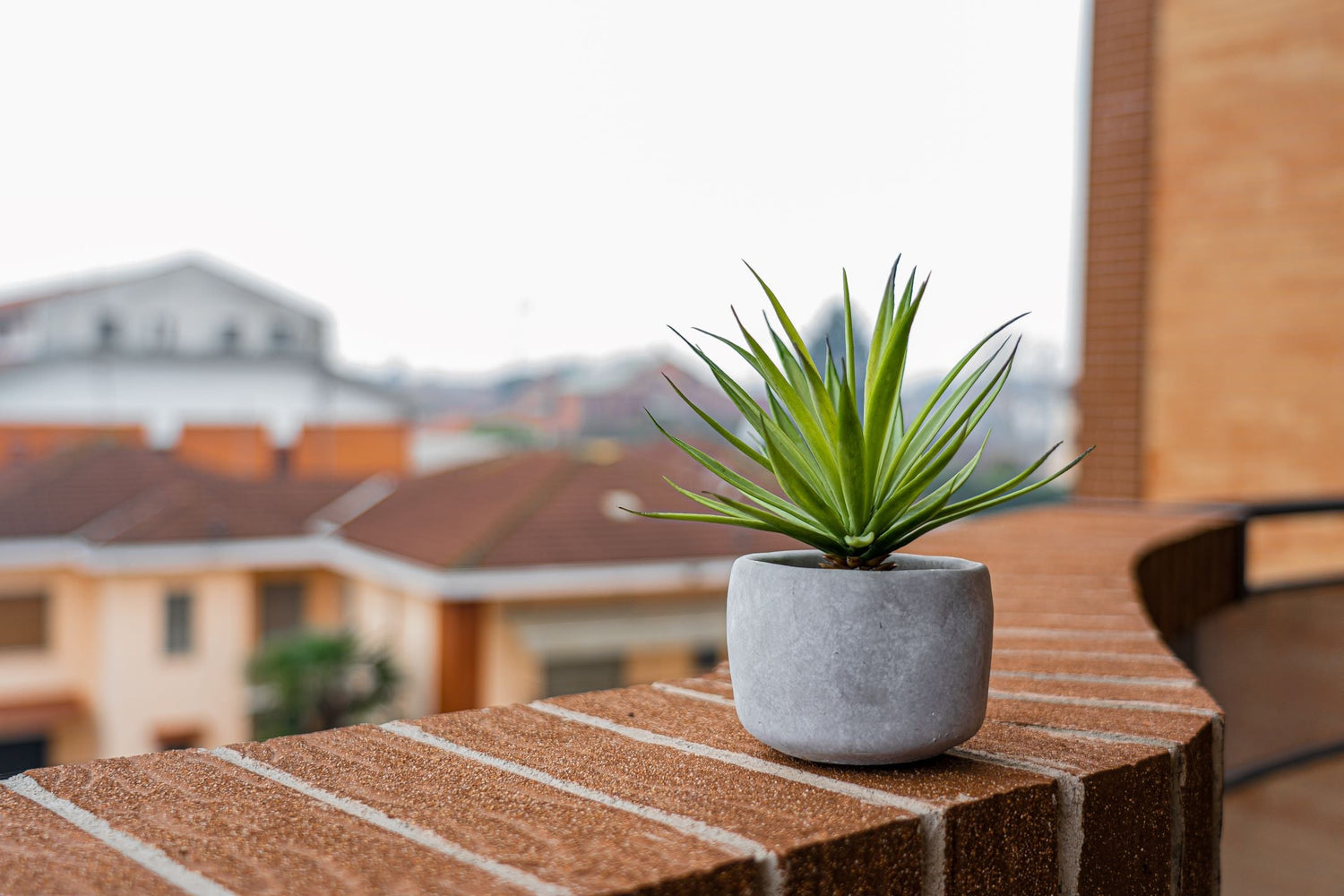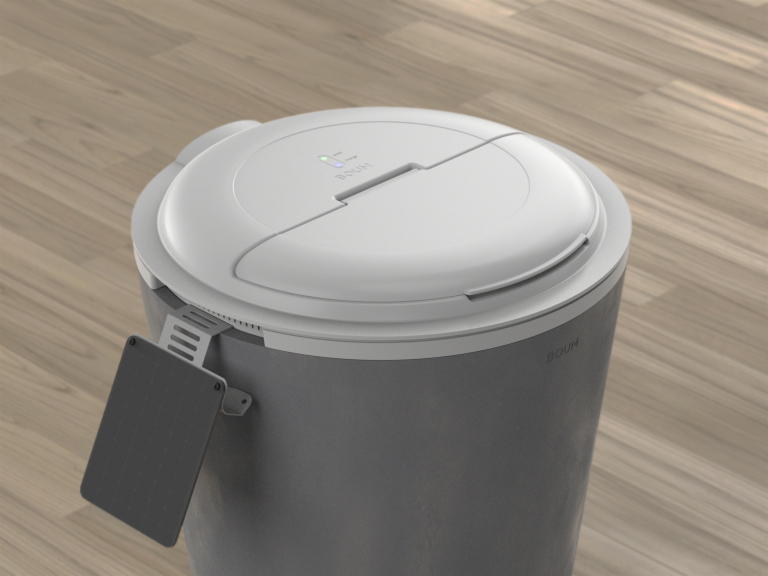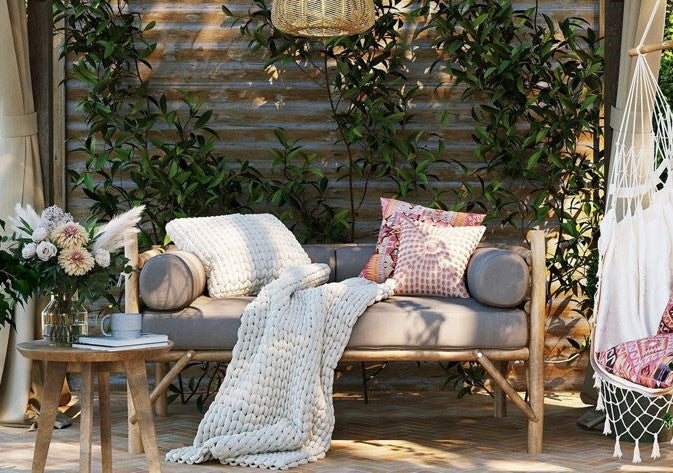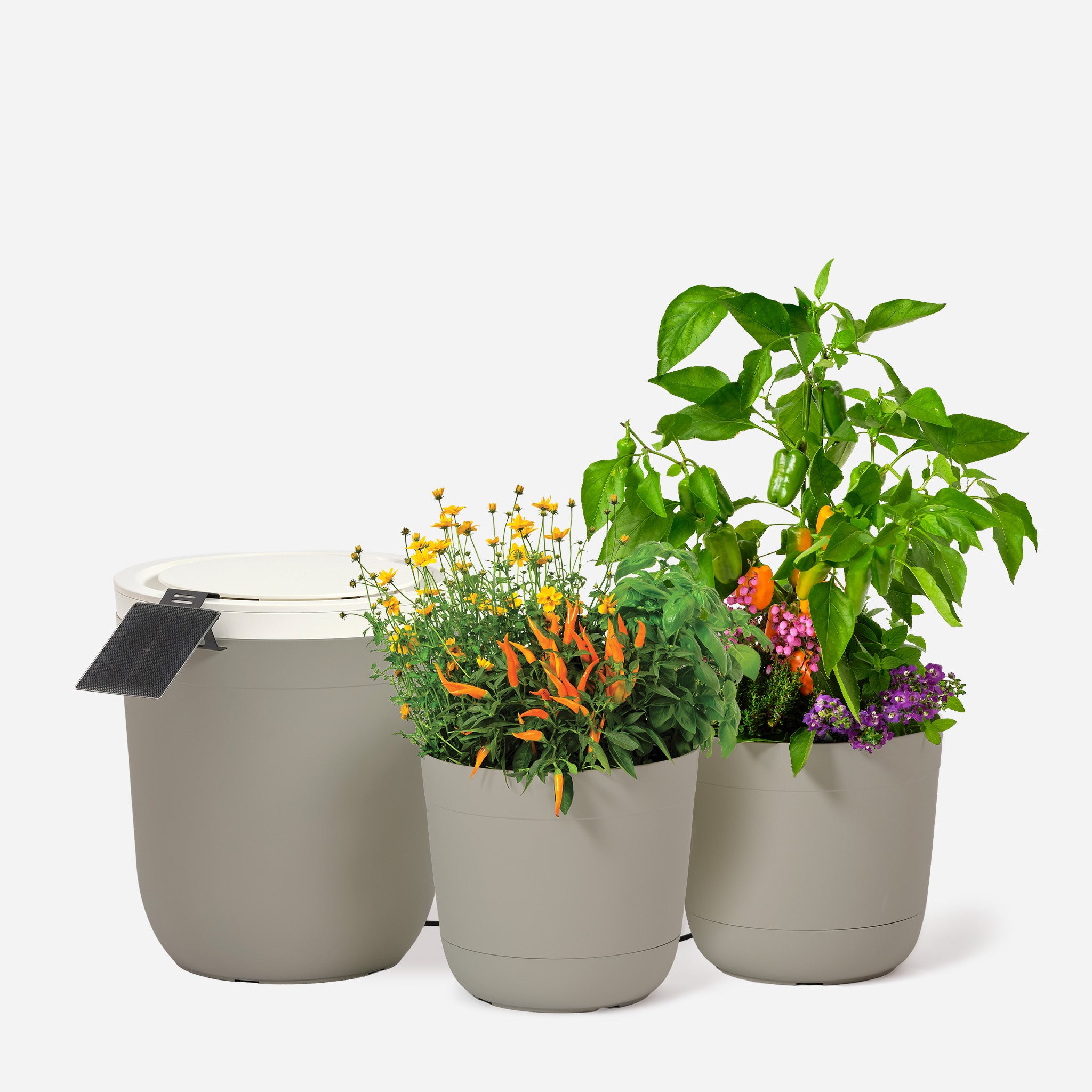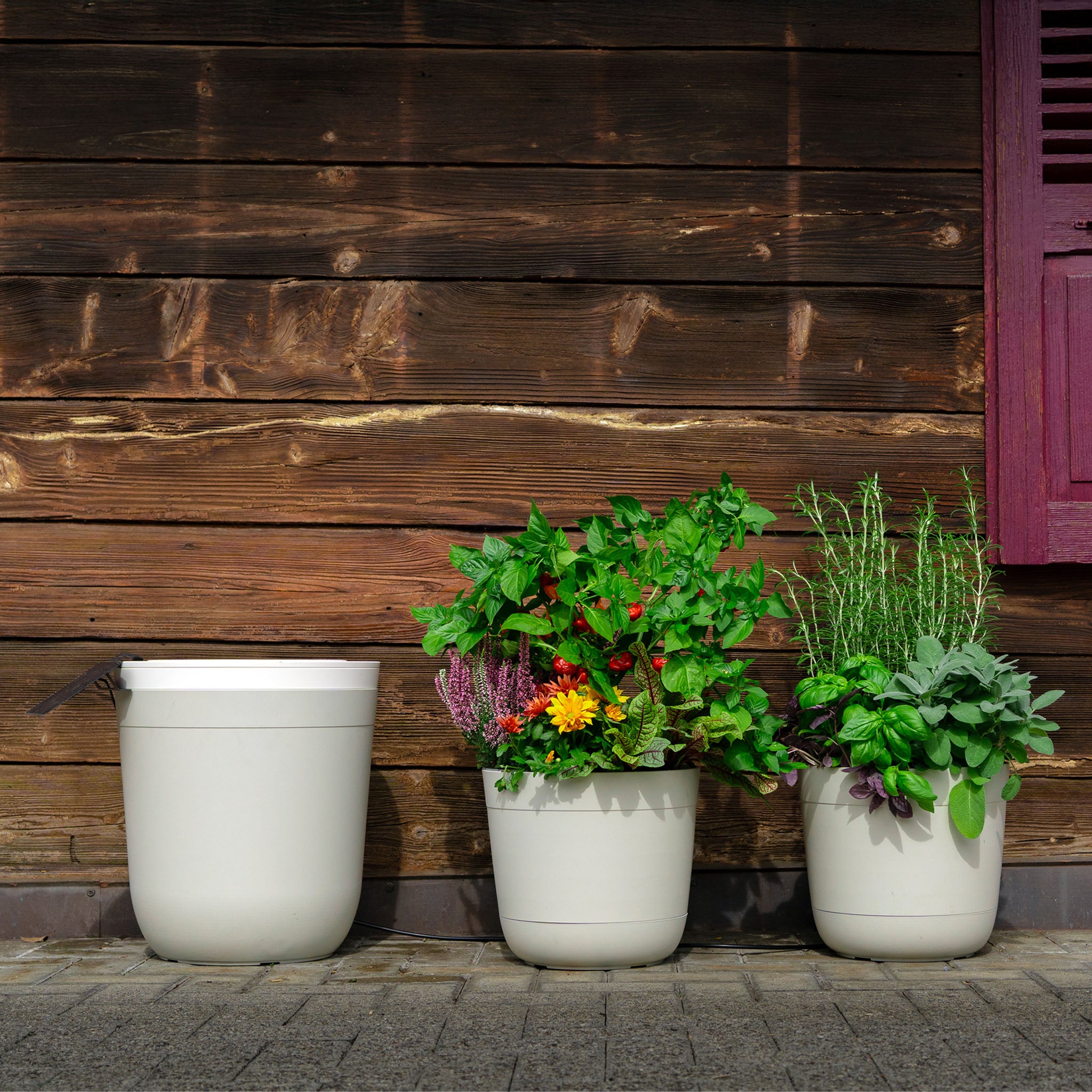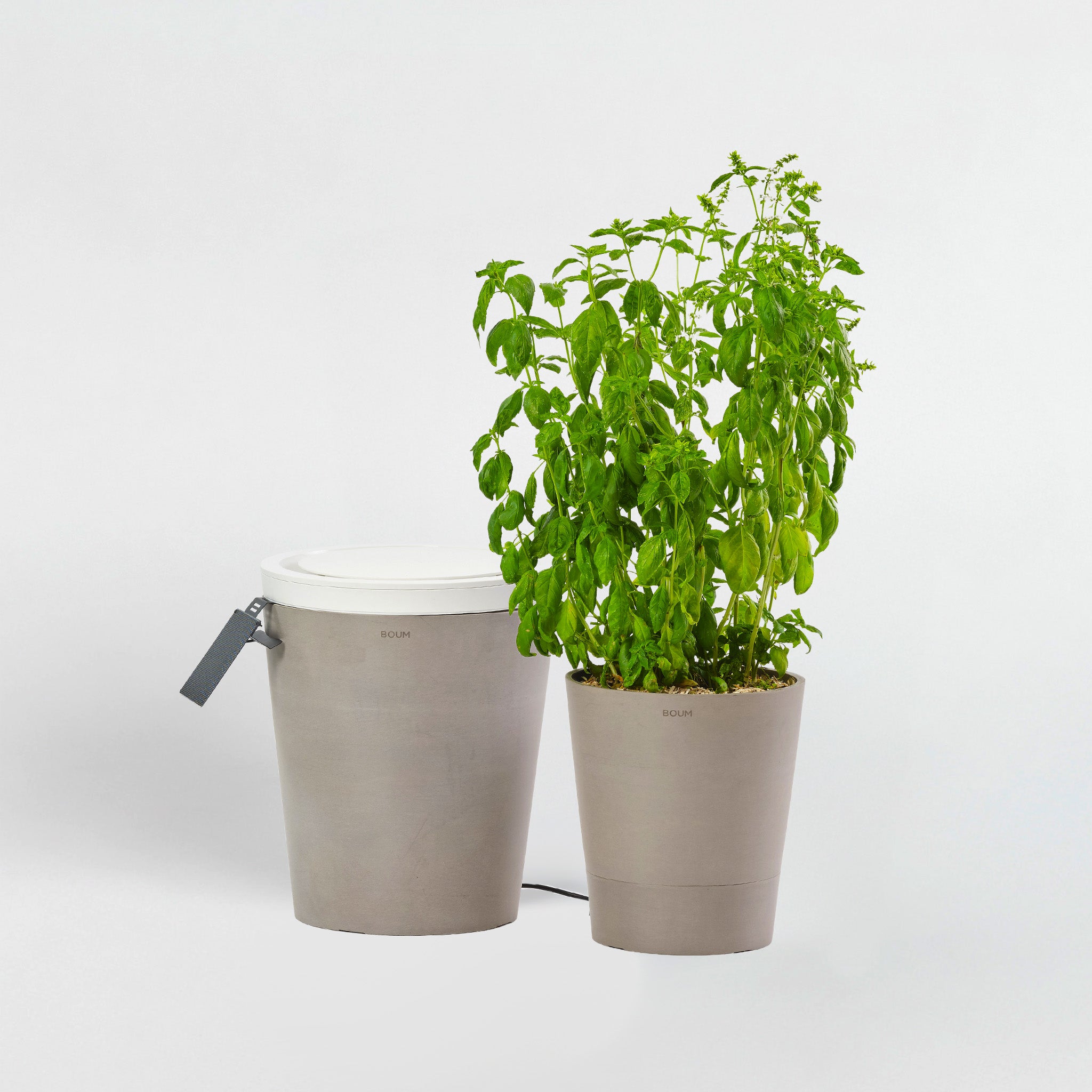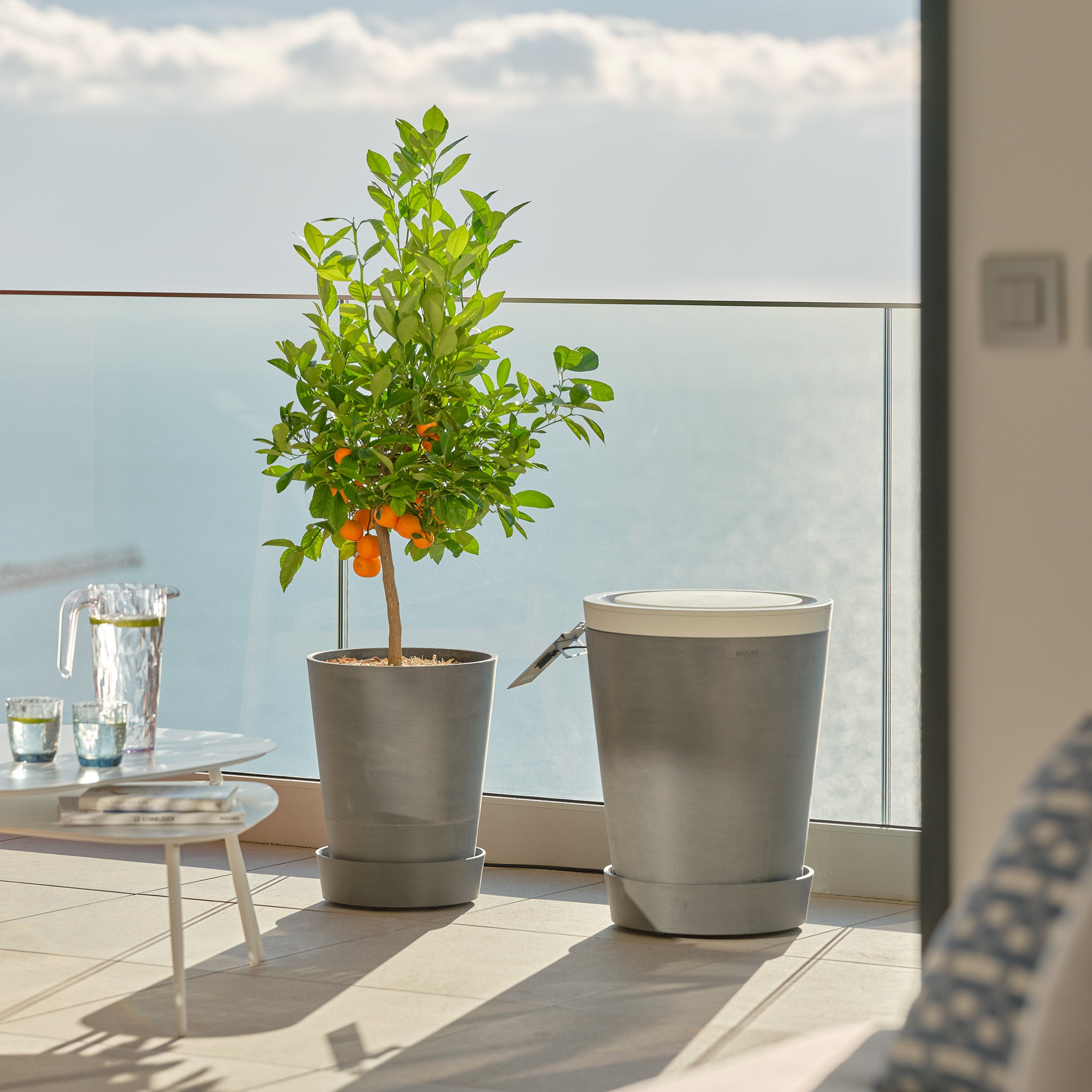The best planters for your balcony plants
Which plant pots do you need to transform your grey balcony into a blooming and productive oasis for plants? We have put together some tips on what you should look out for when choosing so that you can choose the right flower pots for your balcony and your plants.
Don't feel like reading? Answer 7 simple questions in this quiz and find your ideal plant pots
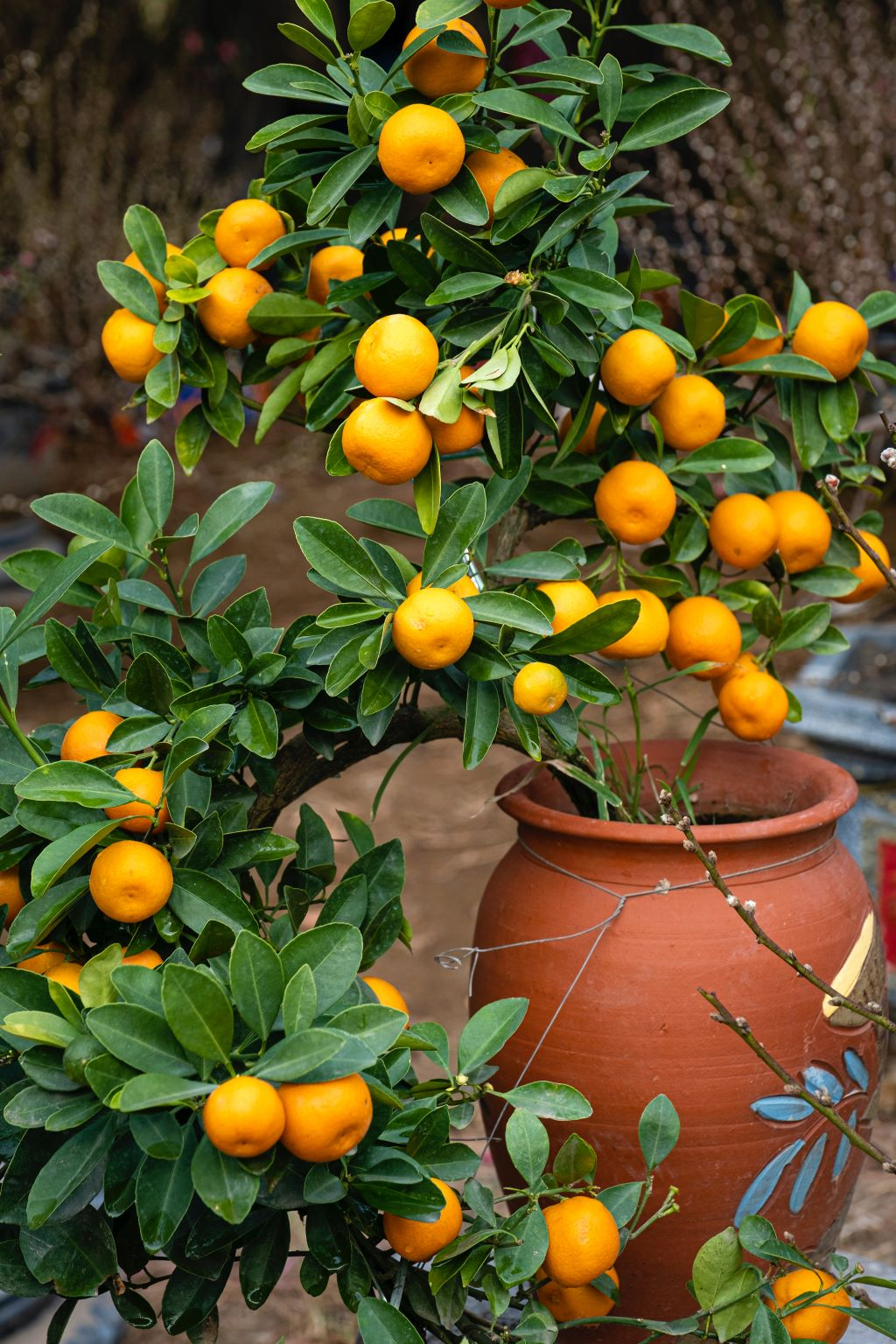
In the beginning there was the flowerpot. At least when it comes to starting gardening on the balcony. Have you decided to really use your balcony this year and turn it into a green oasis? Very good! But in the hardware stores the planters are piled up to the ceiling and in online shops you feel like you're scrolling into nirvana. That can dampen the initial euphoria. Our tips will help you make a choice. By answering the following questions you will quickly find what you need for your balcony planting:
- Which plants should grow on your balcony?
- How much space do you have on your balcony? Which locations are possible?
- Which materials are suitable for your balcony?
- What do you like about the look of your balcony? What do you want to hide?
-
Which plants fit on your balcony and which ones would you like to enjoy?
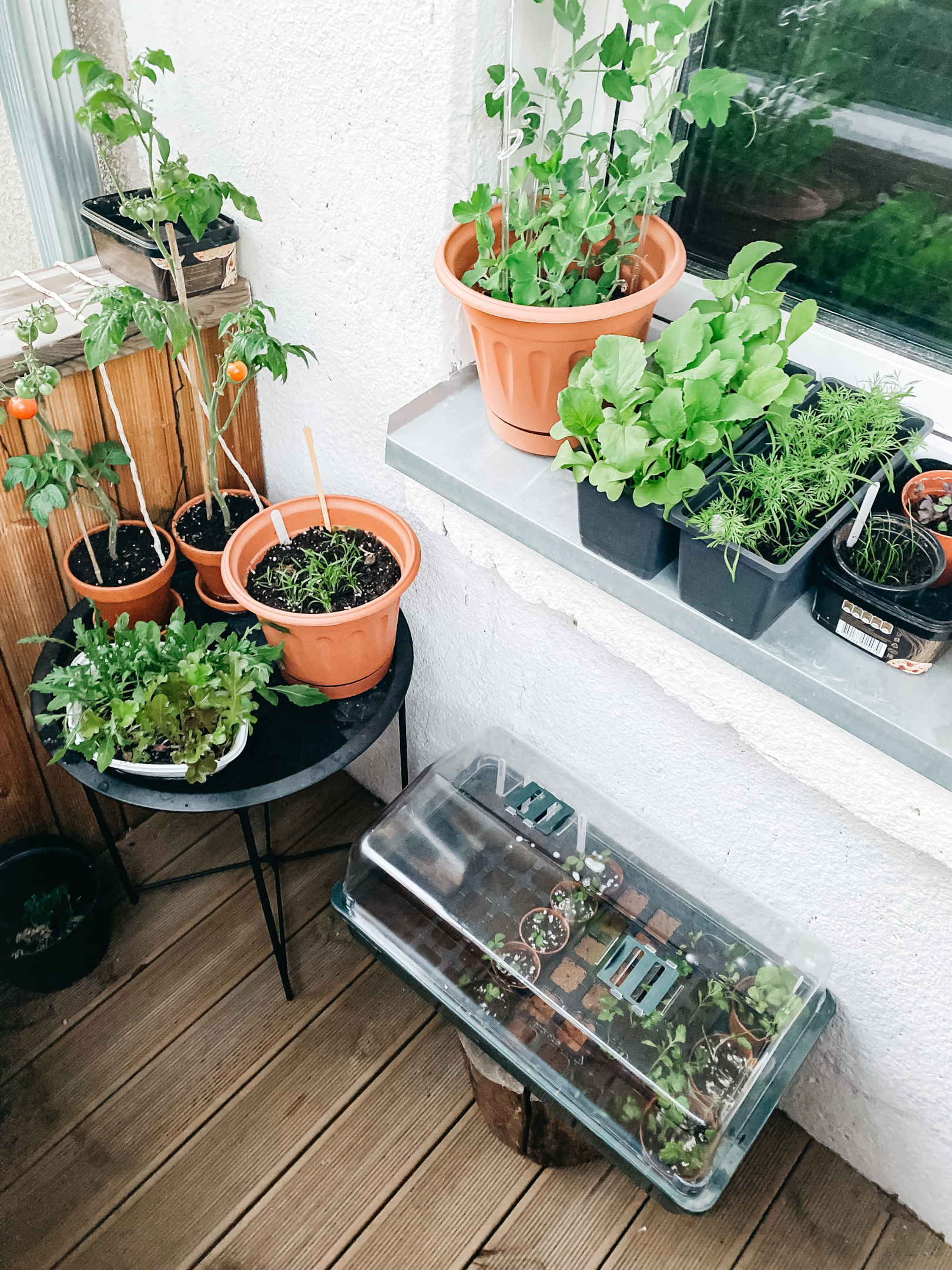
Which pot is right for my balcony plants?
Do you already have a specific plant in mind for your balcony? Then you can plan from there. In addition to the location, the right flowerpot plays an important role in the selection. The decisive factor in the selection is how much space your plant needs for its roots. Pay attention to whether your plant is a deep-rooted or shallow-rooted plant. Deep-rooted plants need a lot of soil volume and depth - plant pots are better suited here than flower boxes. Shallow-rooted plants need more horizontal space, but in terms of depth, flower boxes, for example, are sufficient. In any case, the more space the better!
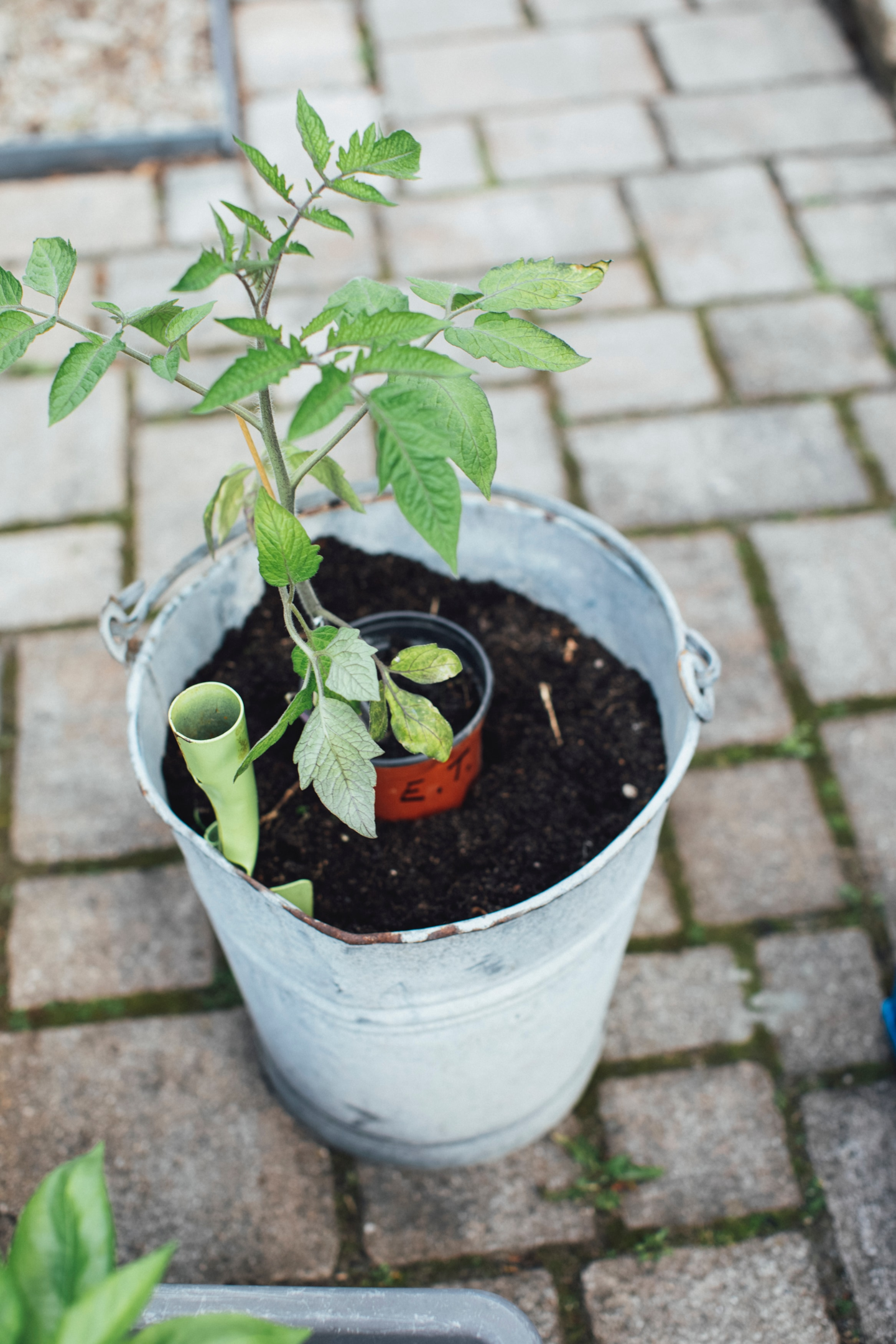
Attention, waterlogging:
No matter which balcony pots you choose, make sure you water them properly. If you don't have an irrigation system, you should make sure there is a drain to avoid waterlogging. Otherwise, your plant can quickly become moldy.
But how big should the flowerpot be exactly? Orient yourself on the fully grown size of the plant in question. For herbs, a small pot of 12 cm is often sufficient. For vegetables and plants that need a lot of power to grow tall, you should plan for at least 20 cm. And if you want to become a vegetable gardener and grow zucchini, pumpkins, etc., you should not skimp and expect 30 cm.
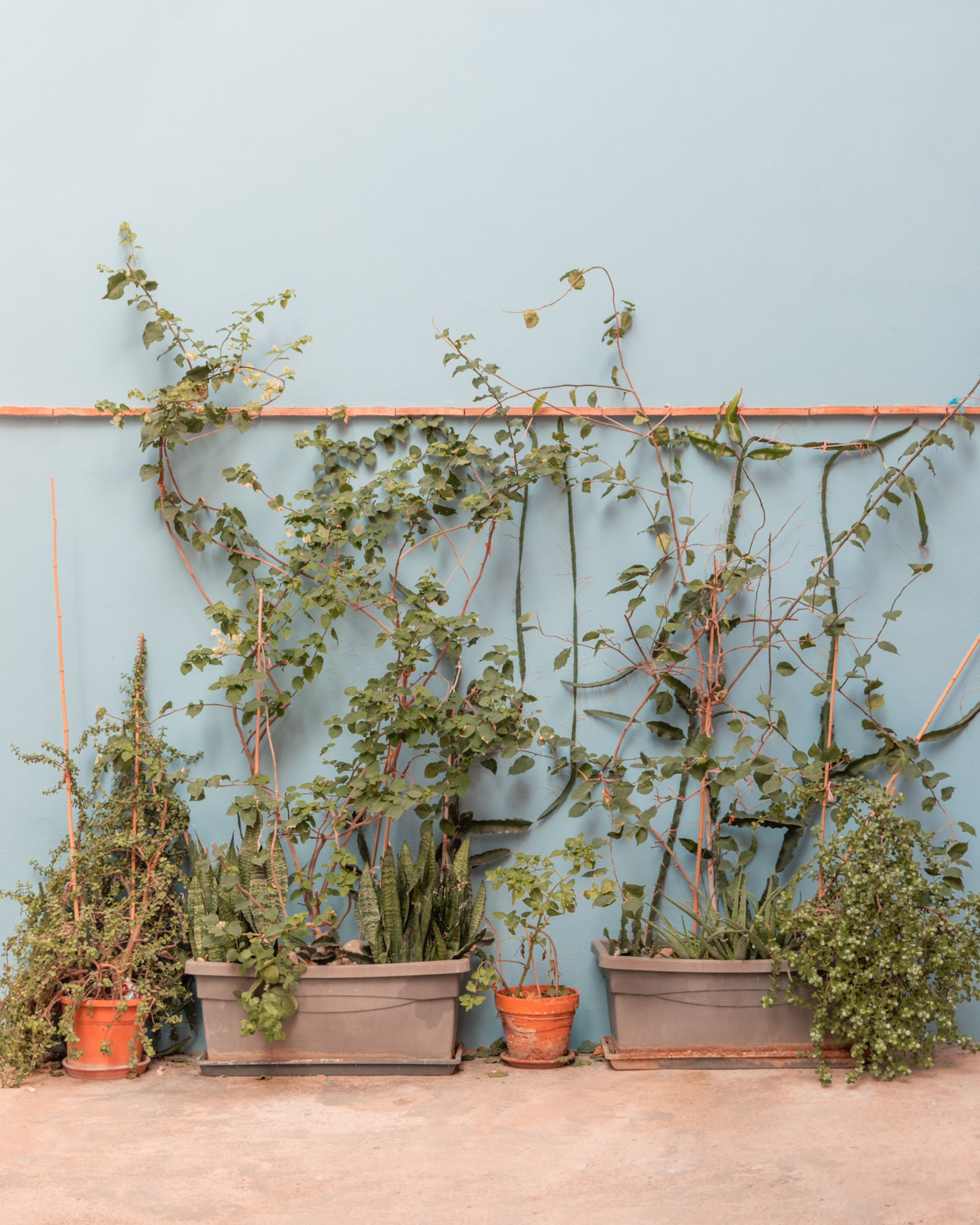
Little space for plants on the balcony? Think vertically!
If you don't have a plant in mind yet, think about how you want to green your balcony and choose suitable plants later. All urban gardening fans with a balcony face the same challenge: little space. But that's no excuse and since the advent of vertical gardening, you can use plants to create visual highlights and even construct a privacy screen. Even the smallest space can bring joy to you and the bees with beautiful flowers or even become a vegetable garden. There are several solutions for balcony plants:
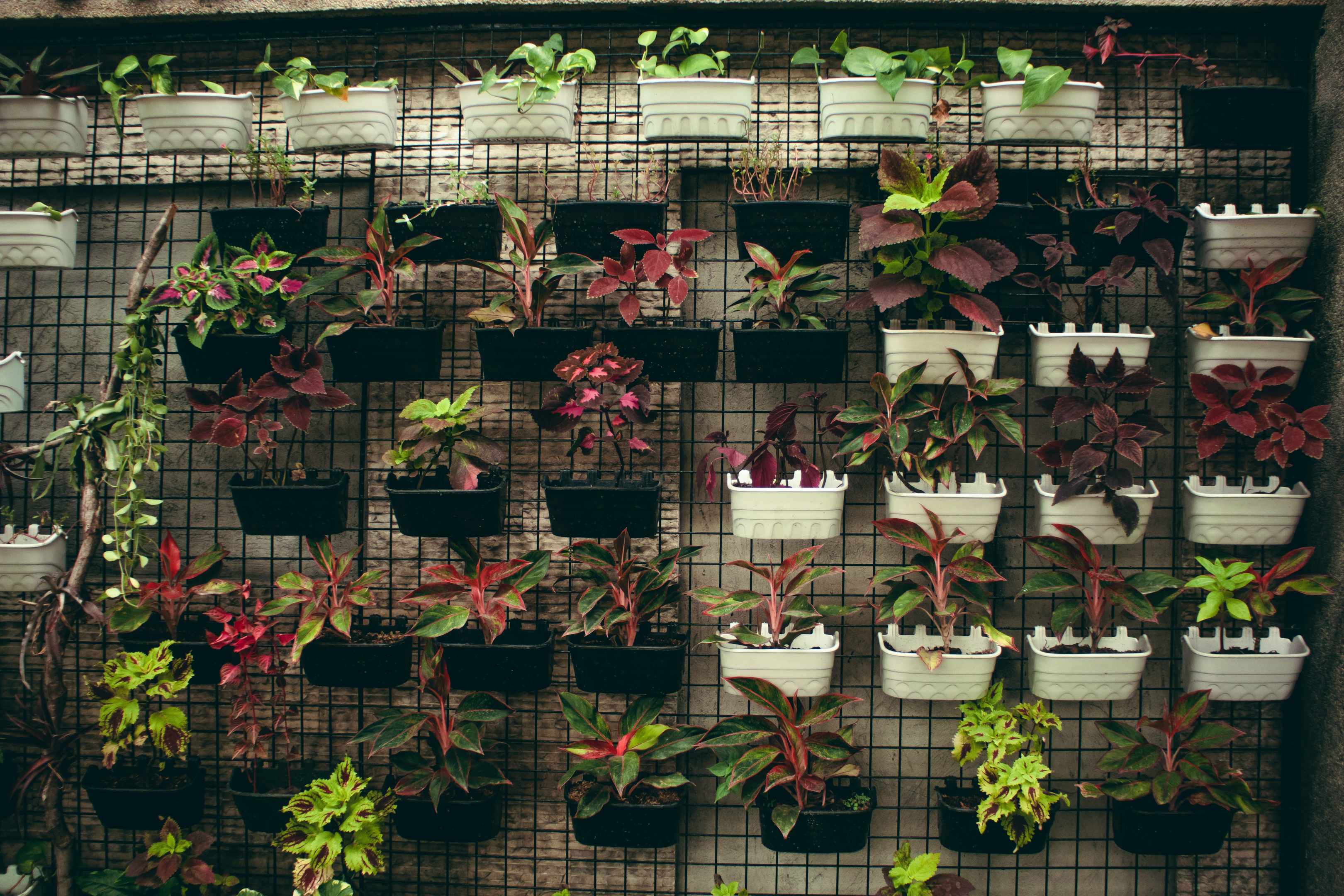
The classic for the railing: balcony boxes
Even our grandmothers had balcony boxes for flowers, and grandma knows what's good. They are hung on the balcony railing - this is also allowed outside if it is properly secured - and so do not take up any space. There are various systems for attaching them to the balcony railing. Either a suspension is integrated or you can get a separate system. It is particularly practical that these brackets can be used for different sizes, so that you can get suitable planters depending on the plants you want.
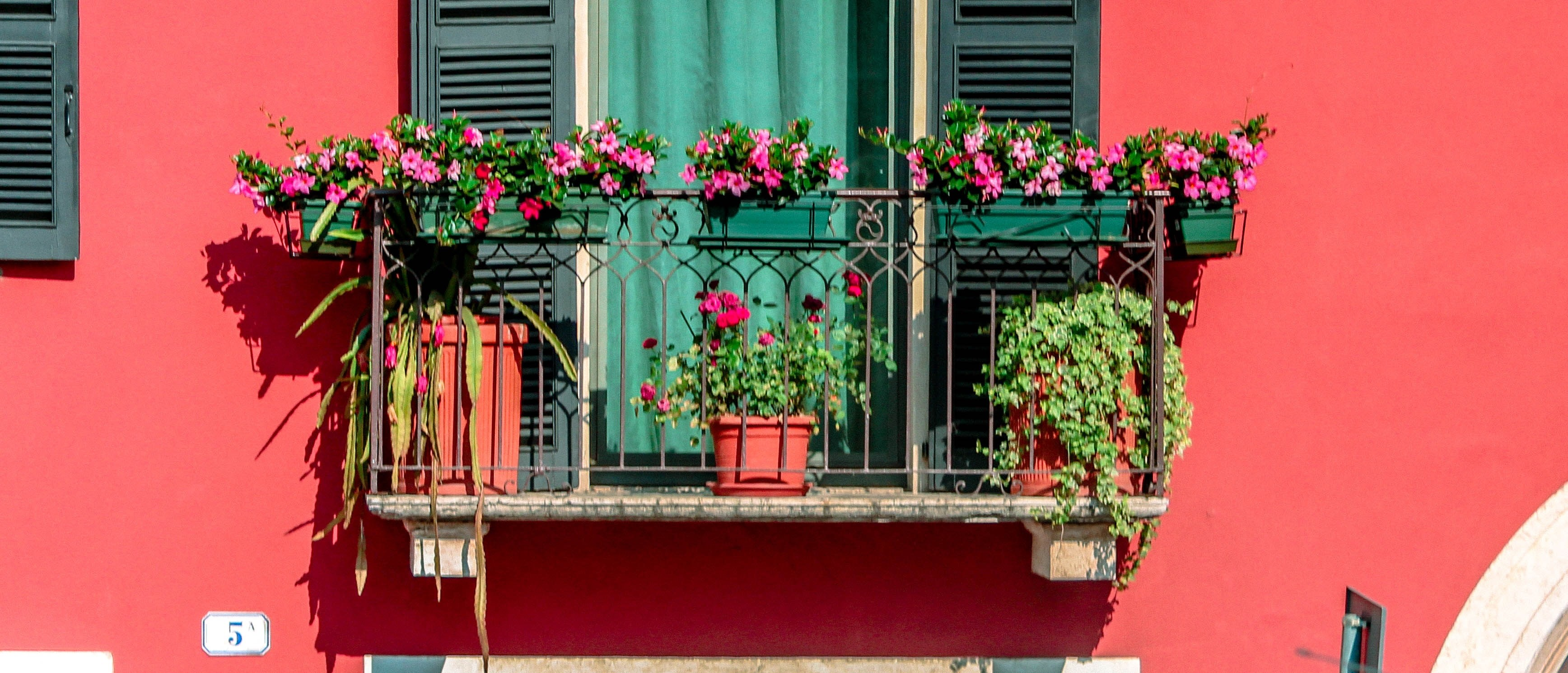
My tip for more nature on the balcony:
Balcony boxes can not only be decorated with the typical geraniums or petunias, but can also become a home for nature with herbs or bee-friendly wildflowers. You can easily find planting ideas for this on the Internet.
There are also flower pots that can be placed on the railing. These are usually a bit larger and are particularly suitable if you want to grow vegetables or need space to separate your plants from each other.
Hiding corners: plant tower and shelves
Have you ever heard of a plant tower? Instead of planting plants next to each other in a bed, you simply plant them one on top of the other - and you can do that on a small balcony in the city. Potatoes in particular feel at home here, but you can also plant strawberries, herbs or flowers. You can also use the height by placing the pots one on top of the other on a shelf. A vertical garden that neatly hides away in the corner. And the best thing is that you don't have to build, screw or install anything else. And you can also build a privacy screen straight away.

Greening walls and ceilings: climbing aids and hanging baskets
Grey balcony wall? Hide it behind plants! Visually, this can make a huge difference and transform your balcony into a small jungle - a privacy screen against grey, so to speak. Work with trellises, hanging baskets or plant bags, there are no limits to creativity. Upcycling is also an option. Do you have old pipes? Make something out of them! With Tetra Paks, you can simply cut open the bottom and hang them up. And who would have thought: old tin cans can look pretty good with plants on them.
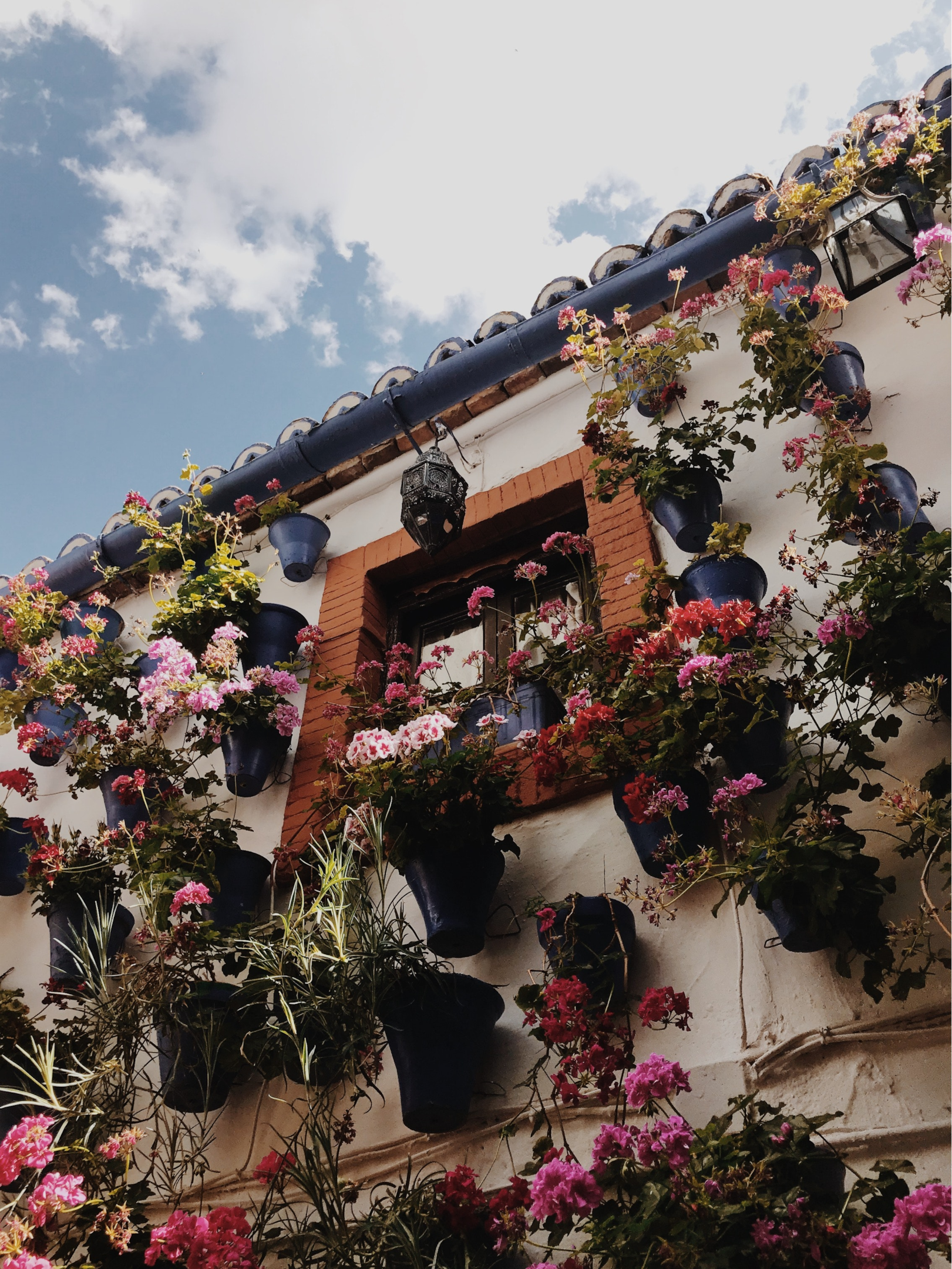
Of course, smaller plant pots that are not too heavy and can be easily distributed are best suited for this. They have a great effect when placed criss-cross. They are therefore suitable for smaller balcony plants. If the plant pots are large enough, wild tomatoes, sweet potatoes or melon pears also feel very comfortable in hanging baskets.
Greening walls and ceilings: climbing aids and hanging baskets
Less water wasted. If you start watering at the top, with the right suspension, the excess water can run into the pots of the plants below.
Raised beds: The alternative for potted plants
Raised beds are not only available in large formats on roof terraces - there are basically no limits to the imagination when it comes to raised bed frames. You can build them yourself or get them from any material, in any height and width. This way you will always find some space for your balcony plants.
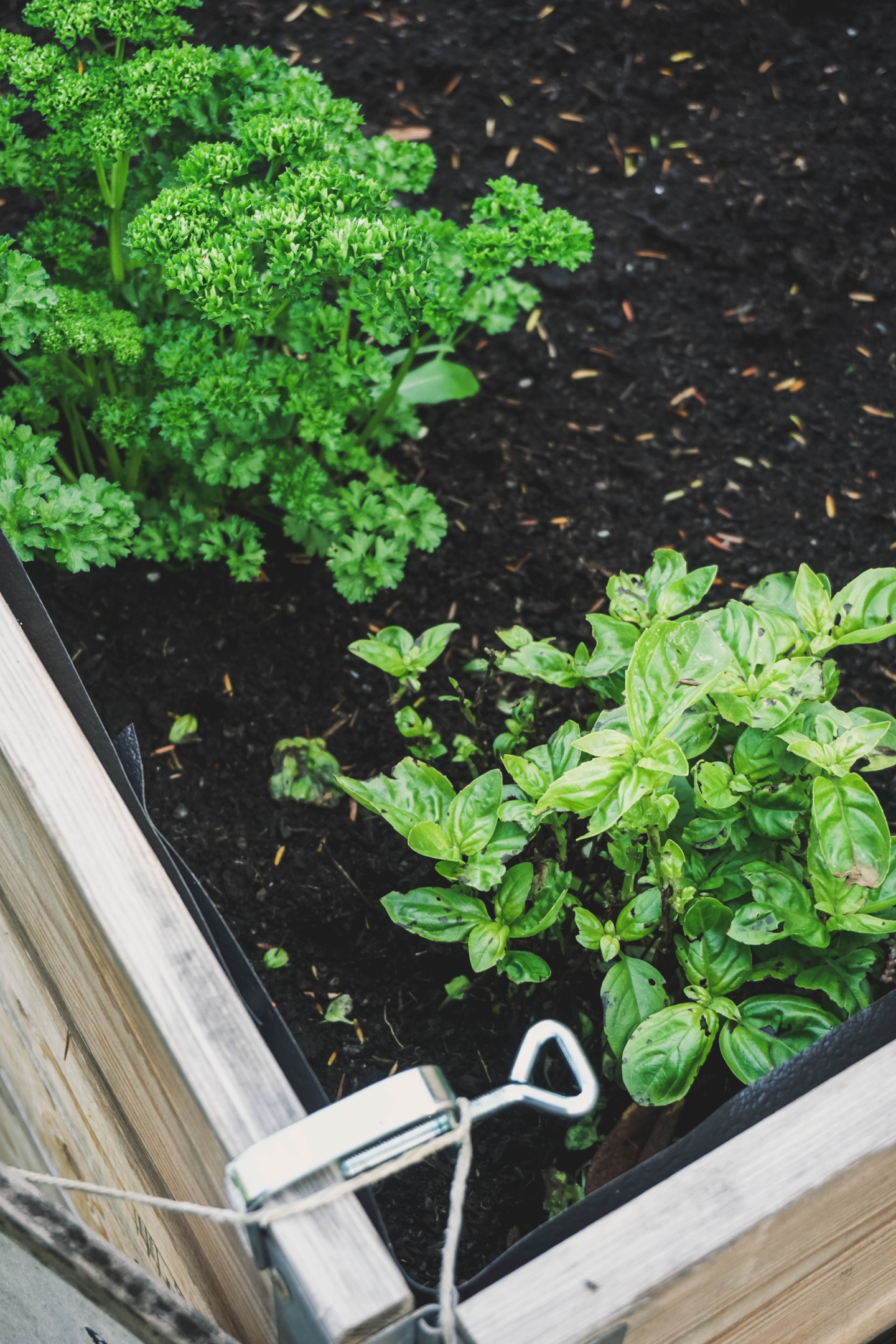
Terracotta or wood? The different materials of flower pots
There are no limits here. The material is important for the look and color - you should feel comfortable in your balcony garden. But depending on the material, there are some advantages and things to consider:
Clay pot: Terracotta & Co. offer a good climate for balcony planting
Who needs to go to the Amalfi Coast when you can transform your own balcony into a Mediterranean oasis? Terracotta is probably the most popular type of clay pot and immediately transports you to Italy. Due to their weight, they are particularly suitable for the floor; balcony vegetables and flowers feel at home in them. Smaller containers can of course also be used vertically.
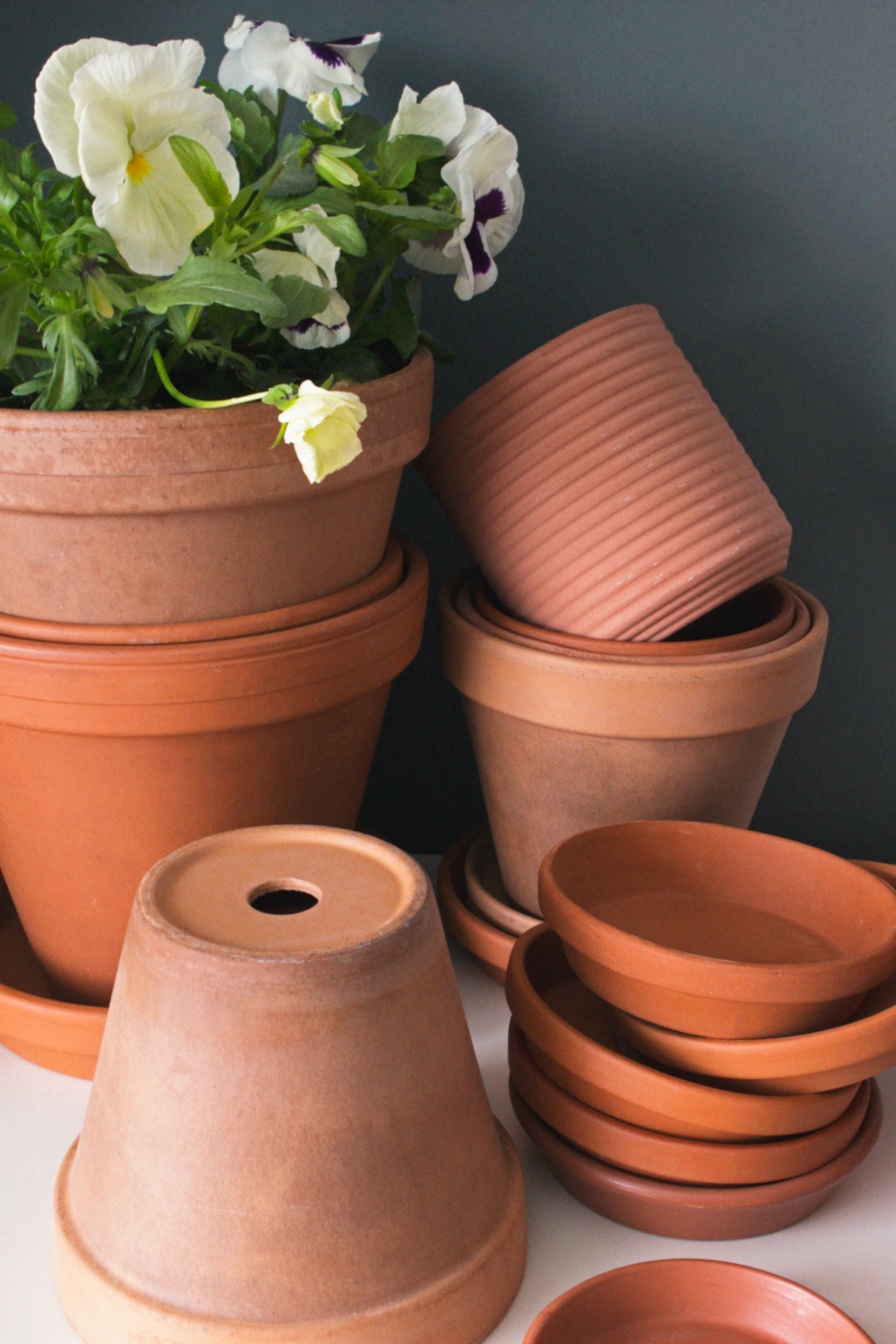
The advantage of clay pots: They are not only environmentally friendly, but also provide a good microclimate. The material can absorb moisture well and release it when it is warm - the water evaporates through the walls. Caution is only necessary in sub-zero temperatures, as the clay can burst! Clay pots are also very heavy - so be careful when lifting them!
Plastic: The functional all-rounder among flower pots
Highly functional, light and colorful - that's the best way to describe plastic flower pots. They don't store moisture and therefore have a higher soil temperature. No chance for algae and moss! They are easy to clean, reusable and, because of their low weight, easy to build into structures on the wall or your balcony railing. Plastic containers can also be very environmentally friendly if they are made from recycled material.
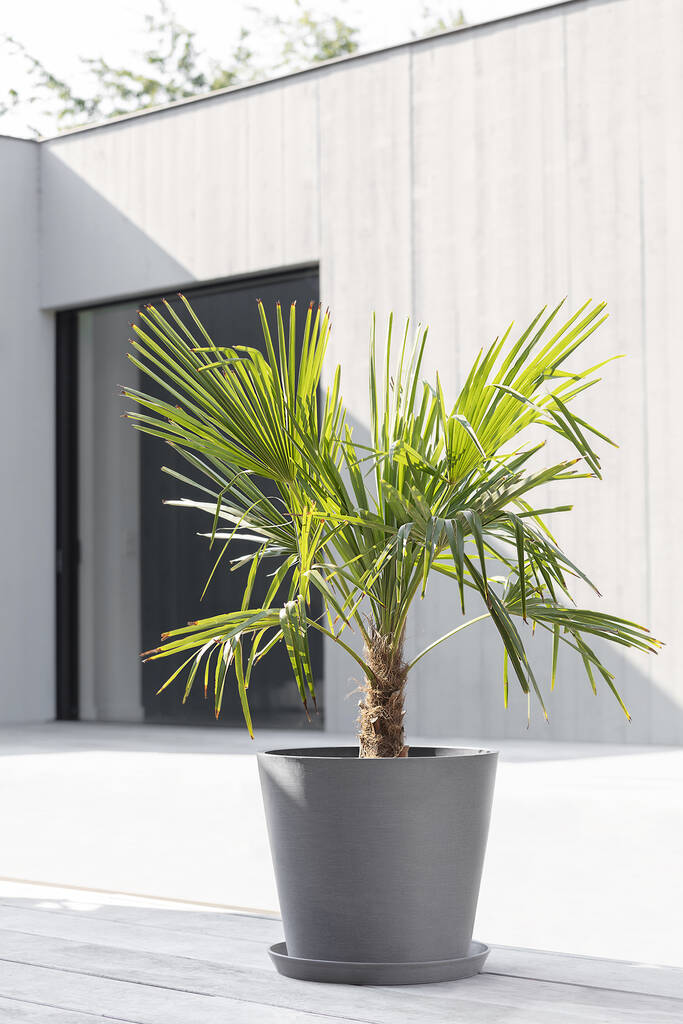
Ideas for tomatoes and other vegetables
Tomatoes are popular plants for balconies. They are particularly suitable for sunny locations and south-facing balconies, although the right properties of the plant pots are essential. In particular, tomatoes need good watering and are demanding on the size and depth of the pot. A balcony box or even a flower box is not suitable for them. If the pot is too small, they will hardly produce any flowers and will not be as green as you would like. The same applies to other vegetables such as beans. A pot for vegetable plants should have a depth of at least 25 cm and a volume of at least 15 liters. Together with good watering, fertilization and the right environment, ideally facing south and with enough sun, nothing stands in the way of a great harvest.
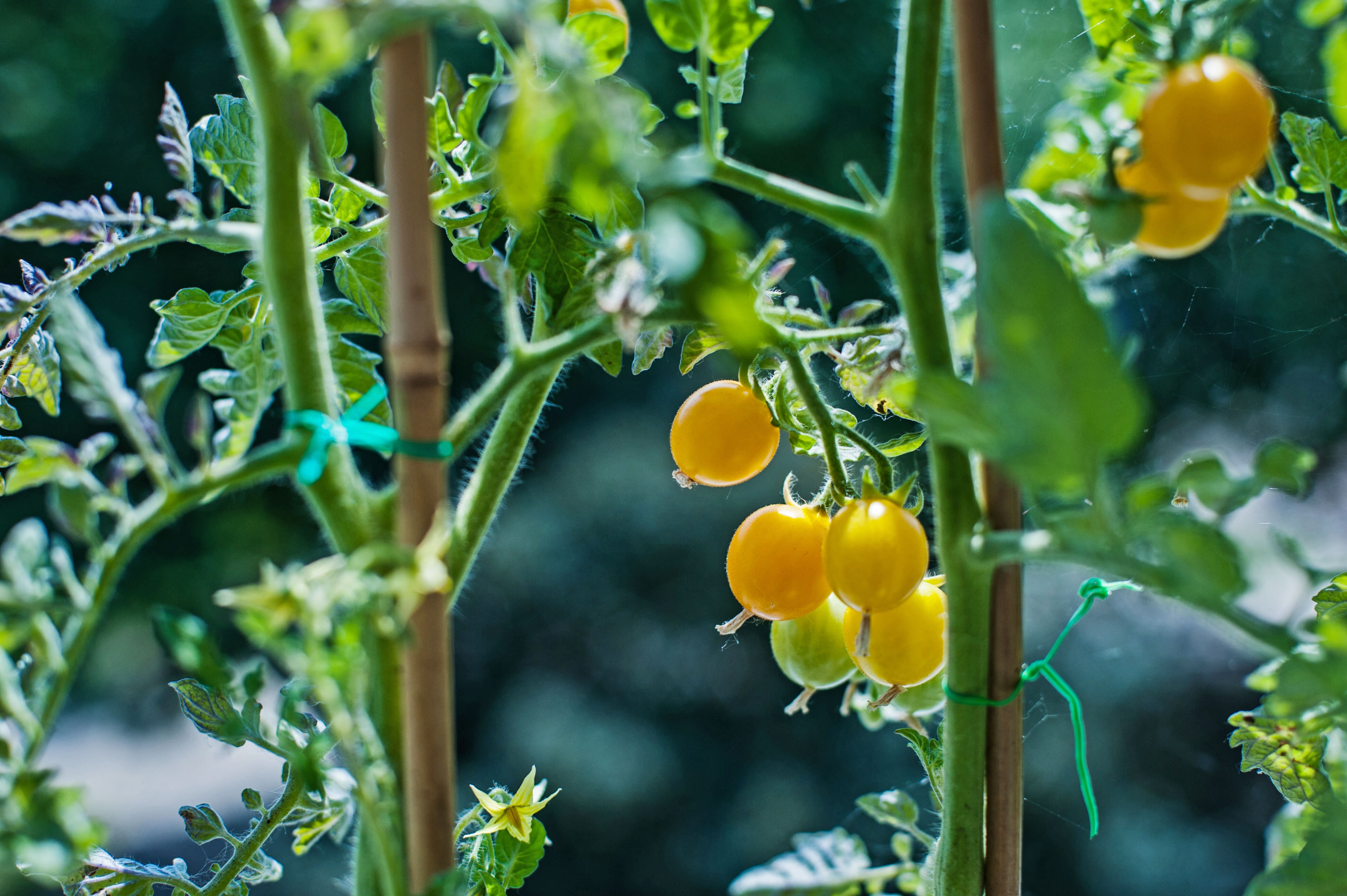
News for planting - integrated irrigation
Plant pots in all colors and shapes are almost as old as humanity - and yet there are always clever innovations that make growing balcony plants easier. Integrated irrigation systems in particular have come onto the market in recent years. Since watering can be extremely laborious and a real problem during holiday periods, it is worth considering irrigation when purchasing plant pots. Many modern pots have an integrated reservoir that stores water for a few days. In summer, when the sun is shining and plants on the balcony and terrace are sweating, regardless of whether they are in a sunny location or in the shade, these reservoirs do not go far. That is why the first startups like Boum (that's us :-) have developed completely integrated irrigation systems that supply plant pots and therefore plants with water for weeks. These systems work in a similar way to drip irrigation, but are water-saving and aesthetic, as there is no tangle of hoses.


